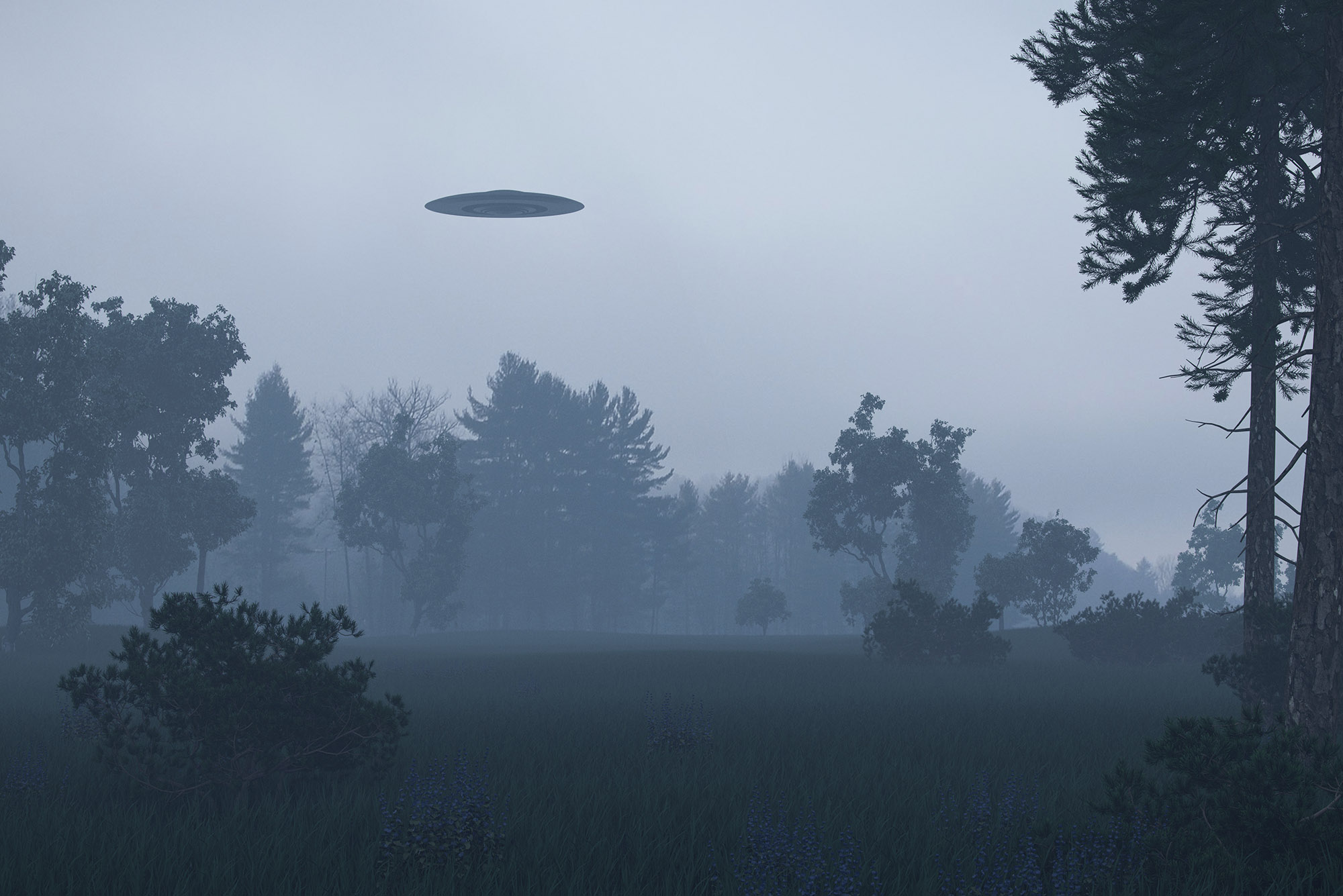UFO Found In Remote Siberian Forest?

The Pomsky crater, also known as the Eagle Nest, was discovered 65 years ago in the remote forests of Siberia by geologist Vadim Kulakov. The cone-shaped mountain, made of shattered limestone, rises 80 meters from its lowest point and spans 150 meters in diameter. Scientists estimate that the crater is over 250 years old, although the age is debated, with some estimates suggesting it could be older. Initially, researchers believed the crater might have been a slag heap created by human activity, but this theory was later questioned due to the sparse population in the area, suggesting that it would have been impossible for humans to have built such a structure there.
Another theory proposed was that the crater could have been formed by volcanic activity, but this hypothesis was dismissed since there are no volcanoes within thousands of kilometers of the site. The prevailing theory, at least in the scientific community, is that the crater could be the result of a meteorite impact, which aligns with the location of the crater. However, no fragments of a meteorite have ever been found at the site, which remains a mystery.
One of the most intriguing findings came when recent investigations revealed a high iron content buried more than 100 meters below the surface of the crater. This anomaly has led scientists to rethink their assumptions about the crater’s origins. Some experts have even suggested that the crater’s continuous shape-shifting, along with the rapid growth of trees nearby, could be the result of some unknown force, possibly an interstellar craft that crashed or landed in the area. This craft, they hypothesize, could be malfunctioning and buried deep within the shattered rock, its ongoing movements causing the strange geological phenomena observed in the area.
Reports of the area being “alive” have persisted for years. The landscape is said to rise and fall constantly, as if breathing, and the trees surrounding the site have been growing at an abnormally fast rate, far quicker than any other vegetation in the region. This unusual behavior has led some scientists to question whether the crater could be the site of an interstellar craft buried underground. If it is indeed a craft, it might have been attempting to regain flight after crash-landing, its continued movement causing disruptions in the geology and plant life around it.
Vadim Kulakov attempted to organize a scientific expedition to fully explore the crater but was unable to get approval at the time. Since then, multiple expeditions have taken place, and in one of the most recent, scientists collected over half a ton of samples from the site, which were transported by helicopter for analysis. These samples led to some important conclusions: the area shows no signs of nuclear activity, as there was little background radiation, and no traces of uranium were detected. The lack of uranium and other evidence of nuclear fallout dismissed any claims of a nuclear event, but this also means the site’s origins remain unconfirmed.

The meteorite impact theory remains the most popular, but the absence of meteorite fragments and the mysterious findings below the surface challenge this explanation. Some researchers have begun to consider the possibility that the crater might be the site of an interstellar craft crash. This idea suggests that the object, if it is indeed a spacecraft, could be stuck deep within the rock, and its malfunctioning systems might be causing the changes in the landscape. If it is a spacecraft, it might be unmanned, continuing its operations despite being unable to escape the crater’s rocky depths.
Pomsky is not the only enigmatic site in Siberia. The Po Bajin island, discovered in 1891, is a 3.5-hectare artificial island located in a remote, unnamed Siberian lake. Despite being discovered over a century ago, the purpose and origins of this island remain unknown. Archaeological studies suggest it was constructed during the period of the Ugar Kaganate (744–840 AD), yet this theory raises more questions than it answers. The island’s location, deep within a secluded area far from trade routes and any known civilization, makes its purpose unclear. Why would a fortress be built in such an isolated place?
Similarly, the Great Salic Kyan is an ancient monument found in southern Siberia, believed to be constructed around 2,300 to 2,500 years ago. This structure consists of massive megalithic blocks, some weighing up to 70 tons, which were transported from over 100 kilometers away. This feat of ancient engineering remains unexplained, and the methods used to transport and erect these massive stones have baffled archaeologists for years. The site is believed by some to have been a temple and an astronomical observatory, with its alignment reflecting the movement of the sun and the moon. However, the mechanisms used to construct the monument, especially the transportation of the giant stones, remain a mystery. Additionally, a strange anomaly is said to exist near the site, which has been the subject of slow and limited investigation.
The site of the Great Salic Kyan holds many mysteries, including the purpose of its construction, how these massive stones were transported, and what the unexplained anomaly near the site could be. Despite the numerous studies conducted in the area, there has been little progress in fully understanding the site’s origins and purpose. It remains an enigmatic place, much like the Pomsky crater, with its true nature still veiled in mystery.
The slow pace of exploration and the reluctance to fully investigate these sites raises suspicions about the academic community’s unwillingness to consider alternative theories. The traditional explanations for these ancient sites often ignore or dismiss controversial evidence that could challenge established historical narratives. The mysteries of the Pomsky crater, Po Bajin island, and the Great Salic Kyan highlight the need for more in-depth, independent research into these unexplained phenomena, as these remote locations may hold secrets that could reshape our understanding of ancient civilizations or even suggest contact with extraterrestrial forces.








